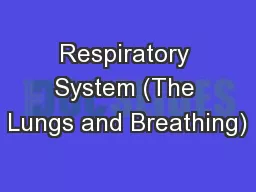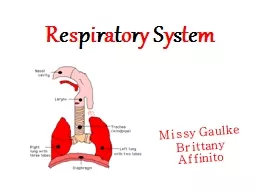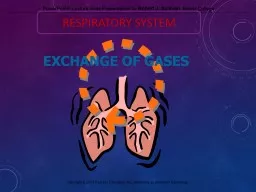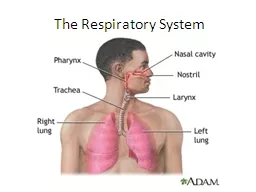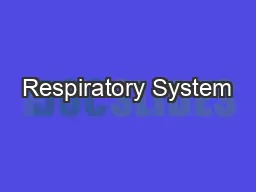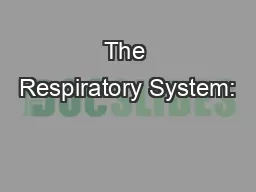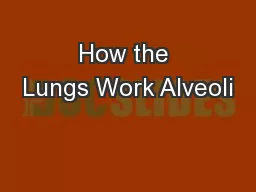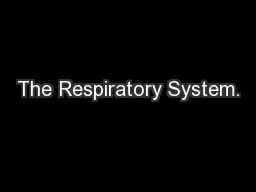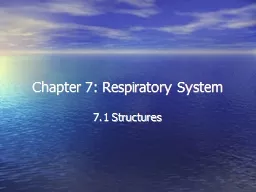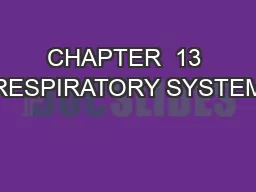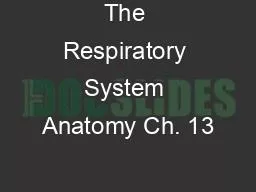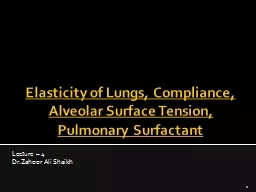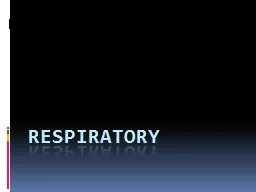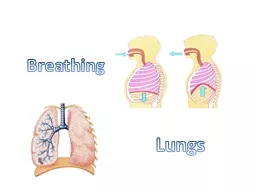PPT-Respiratory System (The Lungs and Breathing)
Author : pasty-toler | Published Date : 2018-02-06
The Layout of the R espiratory Organs Breathing Before Exercise After intense exercise Breathing is regular Breaths have less volume Enough oxygen is being provided
Presentation Embed Code
Download Presentation
Download Presentation The PPT/PDF document "Respiratory System (The Lungs and Breath..." is the property of its rightful owner. Permission is granted to download and print the materials on this website for personal, non-commercial use only, and to display it on your personal computer provided you do not modify the materials and that you retain all copyright notices contained in the materials. By downloading content from our website, you accept the terms of this agreement.
Respiratory System (The Lungs and Breathing): Transcript
Download Rules Of Document
"Respiratory System (The Lungs and Breathing)"The content belongs to its owner. You may download and print it for personal use, without modification, and keep all copyright notices. By downloading, you agree to these terms.
Related Documents

